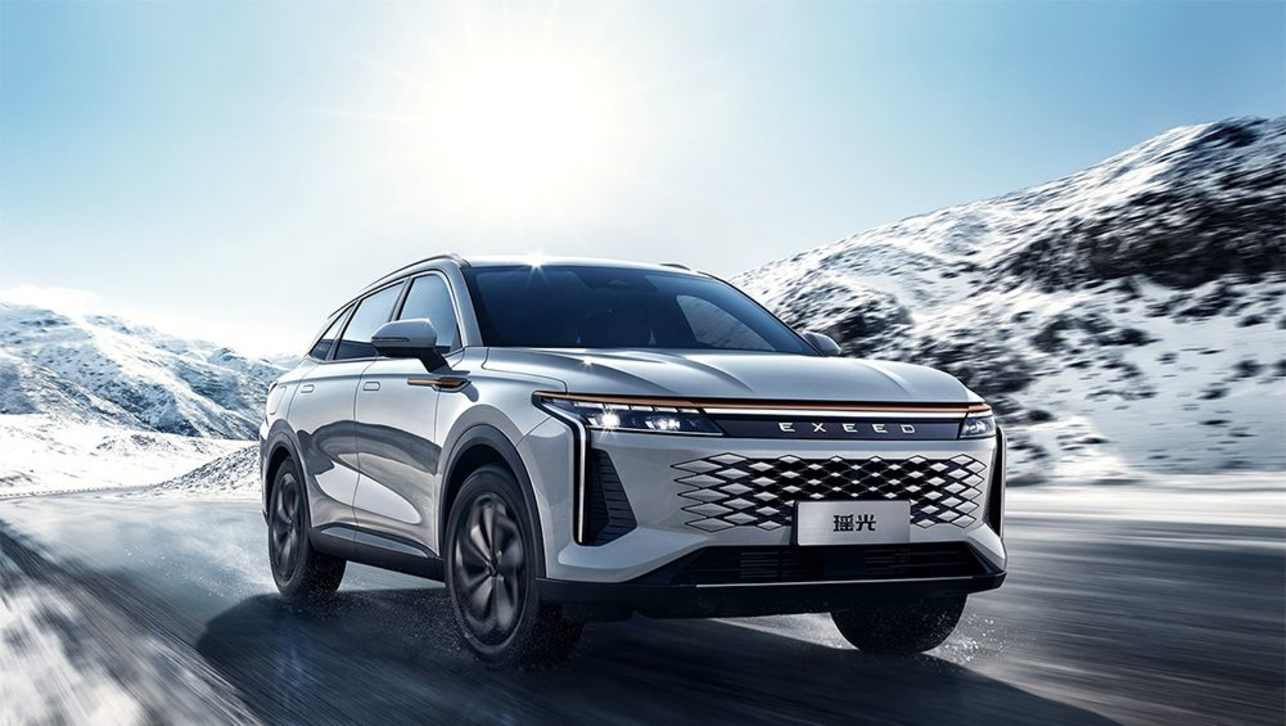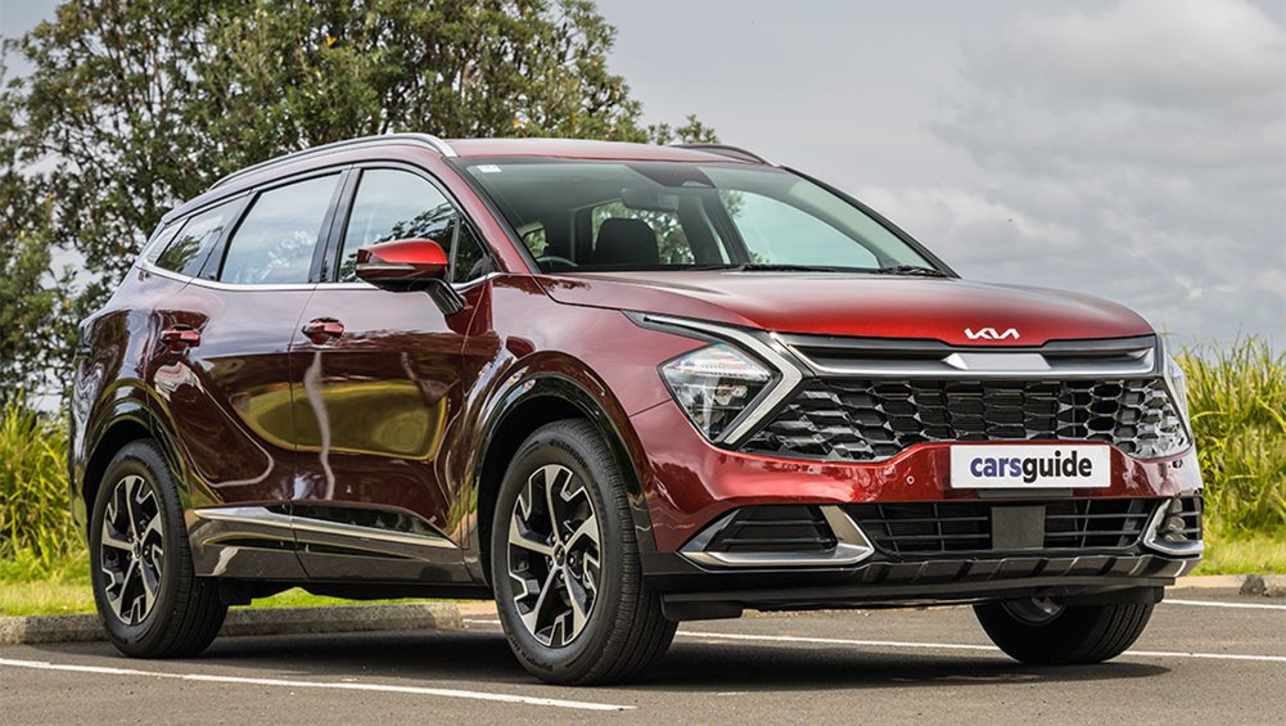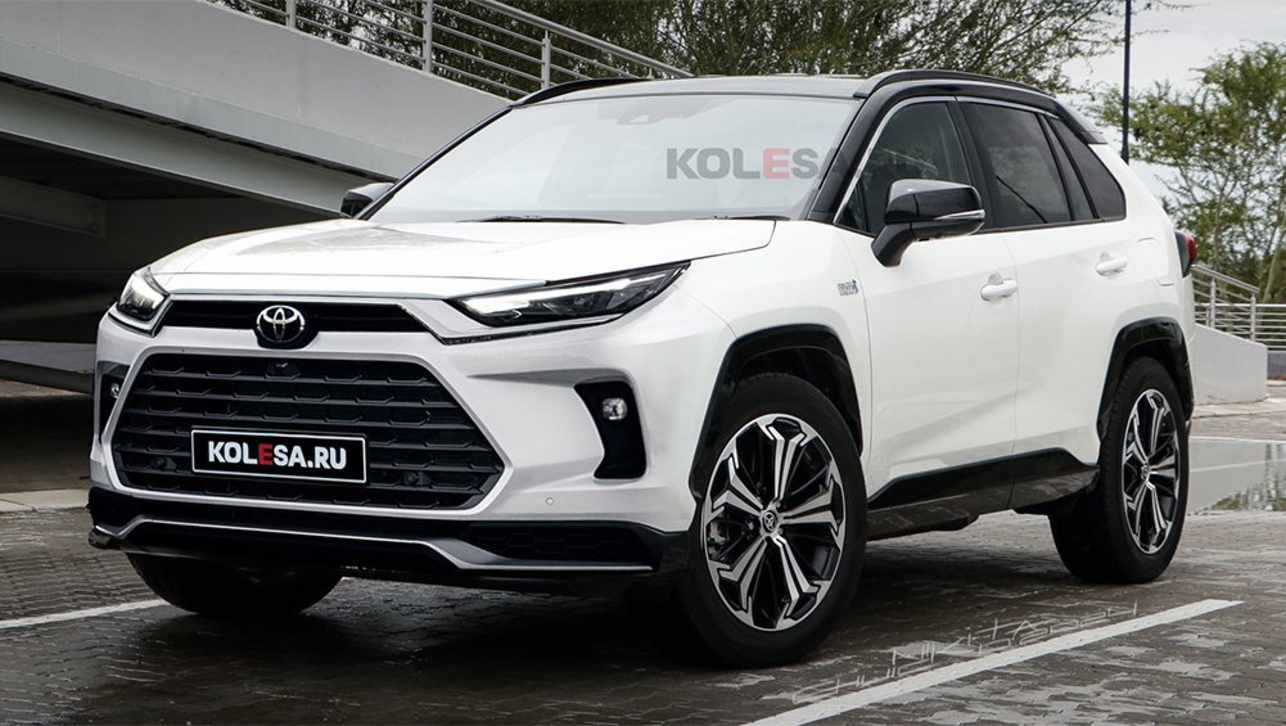Speaking to CarsGuide at the launch of the HiLux GR Sport, Toyota noted that plug-in hybrids have a better than ever chance in Australia now thanks to advancements in technology.
While the brand’s Australian Vice President of Sales and Marketing, Sean Hanley, stopped short of confirming any of the brand’s internationally available PHEVs like the RAV4 Prime or new-generation Toyota Prius for our market, he did note that longer fully electric driving ranges thanks to battery advancements were making the technology more viable for our market.
“It’s never been a no-goer, it’s something we’re considering. Things like more range on battery, there’s those sorts of benefits,” he said.
“There’s been a journey on hybrid. People forget that journey began in October of 2001 and there’s always been an education piece around it, despite 20 odd years of that technology.
“We’ve focused on hybrid electrics (HEV or plugless hybrids) because it was the most practical, simplistic solution for Australia.
“Plug-ins have developed beyond where they were even 10 years ago. There's been a progression of technology since then, PHEVs now offer benefits which make it more viable in this market.
“Whether we go down that route - I wouldn’t rule it out.”
.jpg)
In other markets, Toyota has offered a plug-in hybrid version of both its Prius and RAV4 for some time. The new-generation Prius, which has so far been ruled out for Australia, is offered with the brand’s latest PHEV drivetrain.
It consists of a 2.0-litre engine and more powerful electric motor, which combined can produce a peak output of 164kW, double that of the previous-generation Prius PHEV.
It has an electric-only driving range of 87km on 19-inch wheels, and 105km on 17-inch wheels according to the WLTC standard, nearly double that of the previous-generation technology.
It also has some tech normally only reserved for fully electric vehicles, like support for vehicle-to-load via its internal 1500W household outlet. It also has a solar panel on the roof which can help to top-up its high-voltage battery. The brand claims this solar system can add up to 1200km of electric-only range per year. In Japan, the Prius PHEV retails for the equivalent of A$48,310.
.jpg)
Meanwhile, the RAV4 Prime has been offered in North America since 2020. It has the same 2.5-litre Atkinson-cycle engine as the current RAV4 hybrid offered in Australia, but with a much larger 18.1kWh battery pack good for a 67km electric-only driving range. Peak output has also been boosted to 225kW making it the “most powerful RAV4 ever made”.
In some way, the RAV4 Prime is already in Australia, with Toyota’s luxury arm, Lexus, offering its version of the mid-size SUV: the NX 450h+.
The NX offers the same power output, battery and roughly the same range adjusted for WLTP standards, although as it is only offered in the highest possible trim level, it is priced from $90,923 before on-road costs, and has also been heavily hampered by supply issues since its initial launch.
.jpg)
Toyota has said in the past, particularly when asked about RAV4 Prime, that PHEVs would make up some percentage of its line-up by 2030, but has yet to commit to a single plug-in hybrid model.
Whether this will take the form of the more niche but more advanced Prius, or the more mainstream RAV4 remains to be seen.
It seems supply issues for PHEV and fully electric drivetrains in particular continue to cause issues for the brand, and this is despite backlogs for combustion and plugless hybrids said to be clearing in the second half of 2023.
However, the brand has promised “better than anticipated supply” of its incoming bZ4X electric mid-size SUV which will sit alongside the RAV4 as its purely-electric alternative. After significant delays, the bZ4X will arrive early in 2024.






.jpg)
.jpg)

.jpg)


.jpg)
.jpg)
.jpg)

.jpg)

.jpg)
.jpg)
.jpg)
.jpg)







.jpg)
Comments